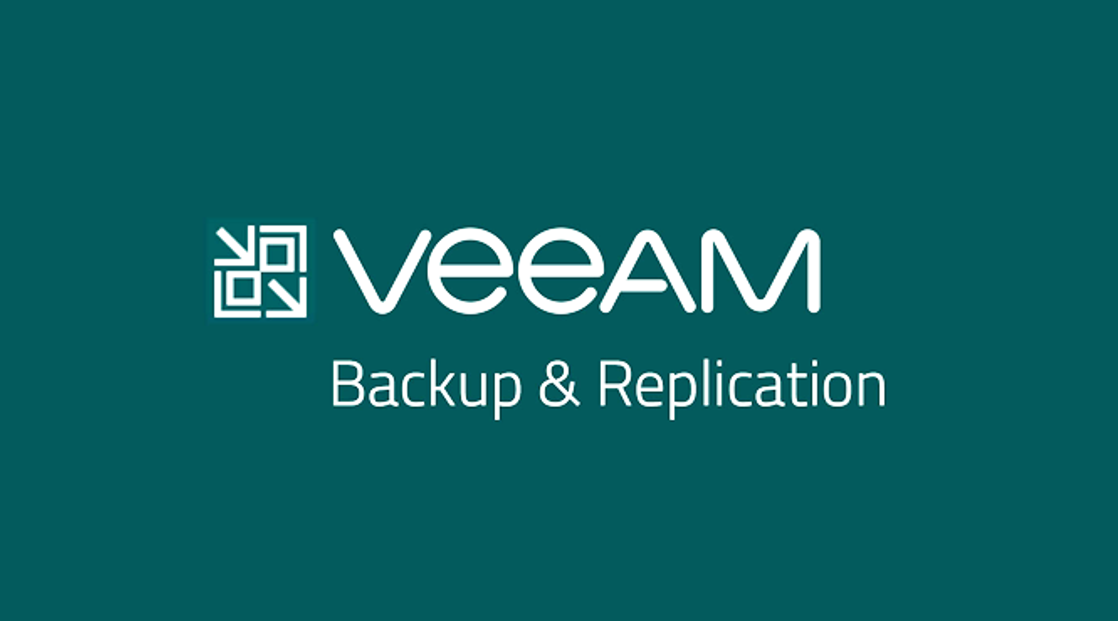“Secure Your Data with CISA Alert: Protect Against Veeam Backup and Replication Vulnerabilities Now!”
Introduction
CISA Alert: Veeam Backup and Replication Vulnerabilities Being Exploited in Attacks is an alert issued by the Cybersecurity and Infrastructure Security Agency (CISA) to warn organizations of the potential risks posed by vulnerabilities in Veeam Backup and Replication software. The alert highlights the potential for attackers to exploit these vulnerabilities to gain access to sensitive data and systems. It also provides guidance on how organizations can protect themselves from these threats. This alert is important for organizations that use Veeam Backup and Replication software, as it provides information on how to mitigate the risks associated with these vulnerabilities.
How to Prevent the Cyber-Incident of Exploiting Veeam Backup and Replication Vulnerabilities?
Veeam Backup and Replication is a popular data protection and disaster recovery solution used by many organizations. However, it is not immune to security vulnerabilities. To mitigate the risk of exploiting these vulnerabilities, organizations should take the following steps.
CISA proposed the following plan to prevent the cyber-incidents from happening.
First, organizations should ensure that they are running the latest version of Veeam Backup and Replication. This will ensure that any known vulnerabilities have been patched and that the system is up-to-date with the latest security measures.
Second, organizations should ensure that they are using strong passwords for all accounts associated with Veeam Backup and Replication. This will help to prevent unauthorized access to the system.
Third, organizations should ensure that they are using a secure connection when accessing Veeam Backup and Replication. This will help to prevent any malicious actors from intercepting data or gaining access to the system.
Fourth, organizations should ensure that they are regularly monitoring the system for any suspicious activity. This will help to detect any potential security breaches and allow organizations to act quickly.
Finally, organizations should ensure that they are regularly backing up their data. This will help to ensure that any data lost due to a security breach can be recovered quickly and easily.
By taking these steps, organizations can help to reduce the chances for exploiting Veeam Backup and Replication vulnerabilities and ensure that their data is secure.
Understanding the CISA Alert on Veeam Backup and Replication Vulnerabilities
On April 28th, 2021, the Cybersecurity and Infrastructure Security Agency (CISA) issued an alert regarding vulnerabilities in Veeam Backup and Replication, a popular data backup and recovery solution. The alert warns of two vulnerabilities that could allow an attacker to gain access to a system and execute malicious code.
The first vulnerability, CVE-2021-28479, is a privilege escalation vulnerability that could allow an attacker to gain access to a system with elevated privileges. The second vulnerability, CVE-2021-28480, is a remote code execution vulnerability that could allow an attacker to execute malicious code on a vulnerable system.
CISA recommends that users of Veeam Backup and Replication update to the latest version of the software to reduce the likelihood of vulnerability exploitation. Additionally, CISA recommends that users review their systems for any signs of malicious activity and take appropriate action if any is found.
The alert serves as a reminder of the importance of keeping software up to date and of the need to remain vigilant against potential cyber threats. By taking the necessary steps to protect their systems, users can help ensure that their data remains secure.
What Organizations Need to Know About the CISA Alert on Veeam Backup and Replication Vulnerabilities?
Organizations using Veeam Backup and Replication should be aware of a recent alert issued by the Cybersecurity and Infrastructure Security Agency (CISA). The alert warns of two vulnerabilities in the software that could allow malicious actors to gain access to sensitive data.
The first vulnerability, CVE-2020-5405, is a privilege escalation issue that could allow an attacker to gain access to the system with administrator privileges. The second vulnerability, CVE-2020-5406, is a remote code execution vulnerability that could allow an attacker to execute malicious code on the system.
Organizations using Veeam Backup and Replication should take immediate action to address these vulnerabilities. CISA recommends that organizations update to the latest version of the software, which includes patches for both vulnerabilities. Additionally, organizations should ensure that all users have the least privileges necessary to perform their job functions.
Organizations should also review their security policies and procedures to ensure that they are properly protecting their systems and data. This includes regularly monitoring for suspicious activity, implementing multi-factor authentication, and regularly patching and updating software.
By taking these steps, organizations can help protect their systems and data from malicious actors. CISA encourages organizations to review the alert and take the necessary steps to protect their systems.
Take in consideration that while these recommendations are good to prevent cyber-incidents, traditional cybersecurity alone is not enough, and additional countermeasures must be implemented in order to mitigate the risk of the potential consequences from happening.
How to Prevent the Potential Consequences of Exploiting Veeam Backup and Replication Cyber-Incident?
The consequence-centric approach to mitigate the risk is required and highly recommended.
By using sound methodologies, any end user who is prioritizing to prevent the consequences, instead of the cyber-incident, should do the following:
First, identify the zones and conduits of the SUC (Systems under Consideration). This is of primary importance for being able to prioritize security countermeasures and actions based on realistic risk scenarios and don’t follow ghosts, or Hollywood like scenarios.
Second, perform a High-Level risk assessment to identify the worst case potential consequences under the assumption that one or more cyber-assets gets compromised. Make sure to evaluate cyber-incidents related to back up and restore essential functions. Determine the criticality of each cyber-asset, zone, and conduit. Identify all potential consequences that could happen under the current design of the control systems (SUC).
Third, evaluate the industrial cybersecurity risk by using a RAGAGEP compliant methodology, or ISA/IEC-62443-3-2 requirements. Make sure to evaluate scenarios related to the backup and restore solutions and its essential functions. Identify the security level targets (SLT) for each zone and conduit, and the list of compensatory countermeasures.
Forth, redesign the existing SUC by using sound techniques, such as conceptual design, detailed design and rationalization.
Fifth, implement the result of the three redesign activities as soon as possible. Don’t waste resources, money, and time doing other things.
Sixth, The risk is mitigated. Potential consequences should not be able to happen, even though cyber-incidents, are less likely to happen, but can still occur.
Conclusion
In conclusion, the CISA Alert regarding the exploitation of Veeam Backup and Replication vulnerabilities in attacks is a serious issue that should not be taken lightly. Organizations should take the necessary steps to ensure that their systems are up-to-date and secure, and that they are aware of any potential vulnerabilities that could be exploited.
Additionally, organizations should consider implementing additional security measures, such as those obtained from a detailed cyber risk assessment, to effectively, efficiently and sufficiently risk mitigation.
Produced by WisePlant Group LLC from various sources.
Don't forget to subscribe to OT Connect Newsletter - The News That Matters. A good balance between informative, valuable information and solutions with less than 20% of marketing content.





Get Involved & Participate!
Comments